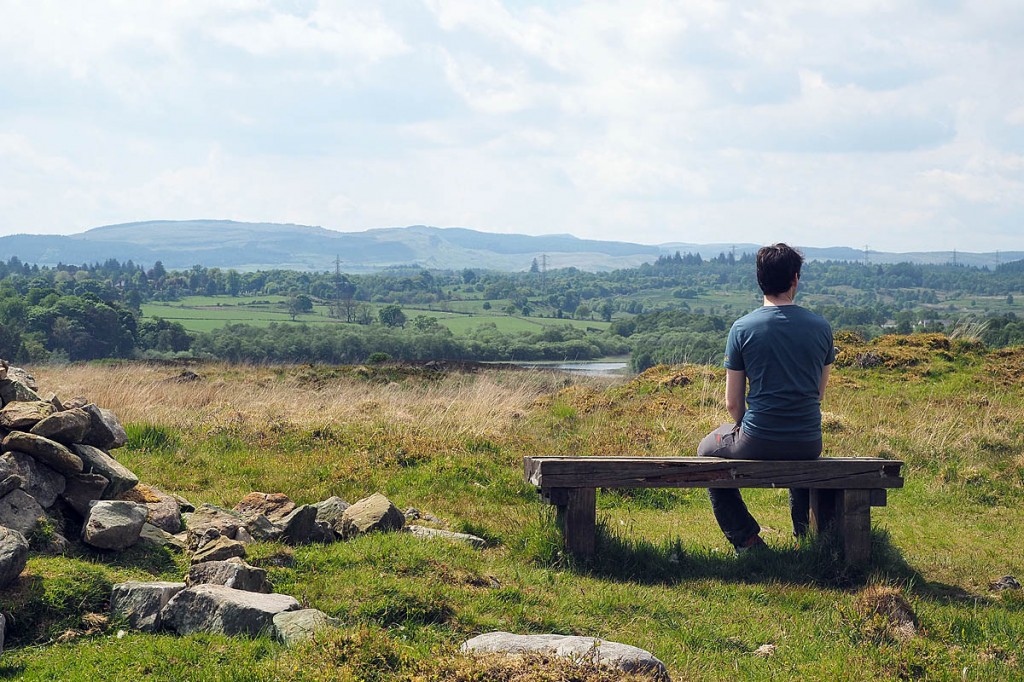Taxes levied on landfill waste have helped upgrade a moorland path in the shadow of the Campsie Fells.
The route at Ardinning Reservoir near Strathblane, which is owned by the Scottish Wildlife Trust, has been improved and a boardwalk built over fragile terrain.
The cash has come from Wren, a not-for-profit business that awards grants for community, conservation and heritage projects from funds donated by FCC Environment through the Landfill Communities Fund.
The work was funded by a £49,595 grant from Wren’s FCC Community Action Fund, £10,000 from Avondale Environmental, and a donation from Dr Robert Ker.
Several sections of the 2.4km path have been upgraded to cope with increased use and wet weather. The boardwalk, built from recycled plastic, has also been installed to protect fragile habitats which can become boggy after heavy use.
Earlier this year, a helicopter transported large amounts of stone and aggregate on to remote areas of the reserve.
Sven Rasmussen, reserves manager for the Scottish Wildlife Trust, said: “The moorland path at Loch Ardinning wildlife reserve takes visitors to the top of the reserve where they can enjoy stunning views of the Campsie Fells, Ben Lomond and Glasgow.
“Around 15,000 people visit the reserve every year, and thanks to this funding we’ve been able to improve the paths to allow increasing numbers of people to enjoy this special wild place.”
The reserve lies about 3km east of the route of the West Highland Way, a short distance from its southern end in Milngavie.
The wildlife reserve is described by the trust as a picturesque, visitor-friendly wildlife haven with areas of wetland, woodland, grassland and moorland. Mature willow, birch and alder thrive in the wetlands along the south-west shore and reeds, rushes and sedges fringe the northern shores.
Sophie Cade, Wren grant manager, said: “Wren are always pleased to support projects delivering access to nature. I hope the local community and visitors alike will enjoy the improved paths on the reserve.”
The Landfill Communities Fund is a levy on every tonne of waste sent to landfill sites. Landfill operators are able to redirect a small proportion of landfill tax liability, currently 6.8 per cent, to support a range of community and environmental projects in the vicinity of their landfill sites through the Landfill Communities Fund.
Since its inception in 1996, more than £1bn has been spent on more than 32,000 projects across the UK.

